- Savage Blog
- Prairie Dog Hunting: Fast-Paced Varmint Action
Prairie Dog Hunting: Fast-Paced Varmint Action
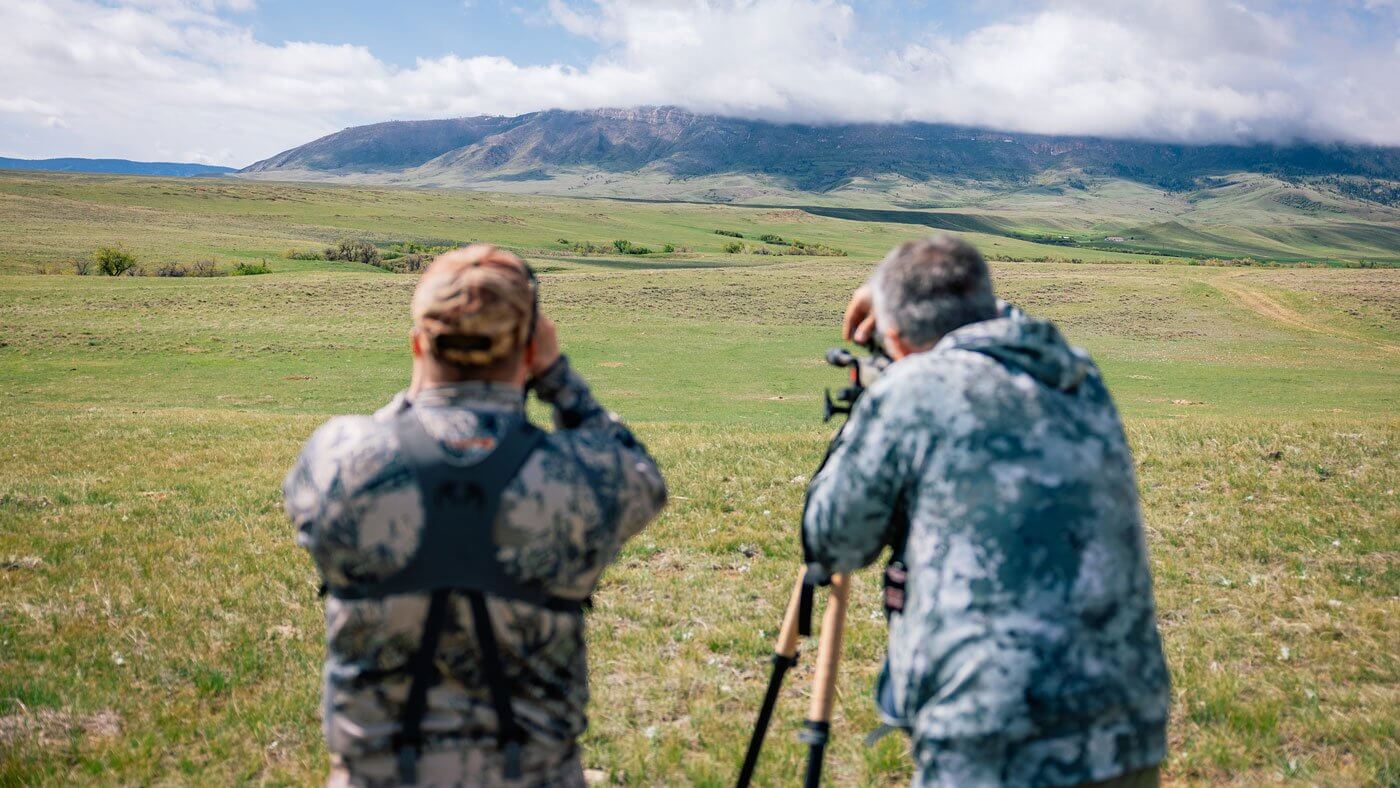
If you're looking for a fun, challenging, and accessible way to sharpen your marksmanship skills, prairie dog hunting might be exactly what you need. It’s fast-paced, relatively easy to get into, and opportunities are plentiful with landowners looking to get rid of prairie dogs that cause damage to their property. Whether you’re a seasoned varmint hunter or just starting out and looking to learn more, this guide will cover the basics of when, where, and how to start prairie dog hunting.
Getting Started Prairie Dog Hunting
Prairie dog hunting is a fantastic entry point into varmint hunting. These small, burrowing rodents live in colonies throughout the western United States, often creating massive underground tunnel systems that can wreak havoc on farmland and ranches. These prairie dog “towns” can cause damage to cropland and create unstable ground that can injure livestock and working animals around farms and ranches. Landowners are often supportive of hunters removing prairie dogs, and opportunities to hunt them are plentiful.
Why Hunt Prairie Dogs?
They are abundant and often considered pests.
It’s a great way to practice your long-range shooting skills and to test both yourself and your equipment.
There are often few to no restrictions on prairie dog hunting since they are considered a pest species.
It’s a low-cost hunting option with high shot volume that can be enjoyed alone or as part of a group of hunters.
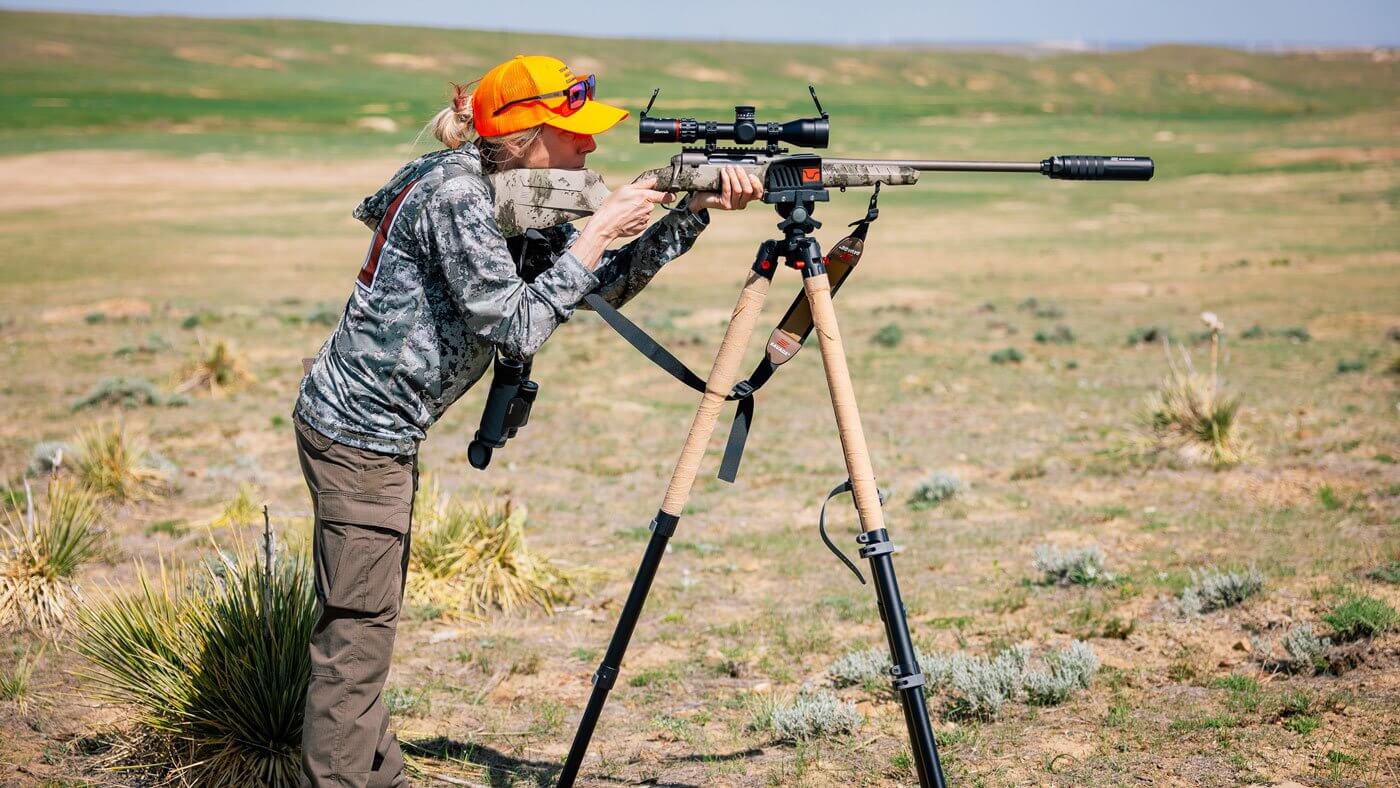
Equipment You Need for Prairie Dog Hunting
Success in prairie dog hunting depends on preparation and having the right gear. Prairie dogs are small targets and often sit at extended distances, so accuracy and visibility are key. While you don’t need a lot of gear to get started, there are a few good essentials to keep in mind when getting started.
Essential Equipment
Rifle – A quality, accurate rifle is a must for prairie dog hunting. Bolt actions are often preferred due to the long-range shots that are taken, requiring pinpoint accuracy and precision. Prairie dogs are small targets, so small, fast shooting calibers are often preferred, such as 223 Remington, 22-250 Remington, and 204 Ruger. There are several Savage models that are ideal for prairie dog hunting.
110 Varmint: Built with the AccuFit, AccuStock, and AccuTrigger, the 110 Varmint is purpose-built to take on prairie dogs and other varmints. It is available in several popular calibers, and is accurate and precise out to long ranges with a 26” barrel.
Model 12 Varminter: The Model 12 Varminter is perfect for stability and durability in the field. With its stainless steel, heavy fluted barrel, you’ll have an easy time staying stable and on target with consistent accuracy.
Model 25 Varminter: If you’re bouncing between prairie dog towns and hunting on the go, the Model 25 Varminter is perfect. It’s lightweight at just 7 pounds, and comes in a variety of calibers, perfect for both near and far shots on prairie dogs.
Impulse Predator: If fast-paced shooting is your game, then the Impulse Predator is what you need. A part of Savage’s smooth, reliable, and fast-shooting Impulse line of straight-pull rifles, the Impulse Predator is available in popular varmint calibers and has a 10-round box magazine to help you keep shooting when the action heats up.
Axis 2 Pro: A great option for any prairie dog hunter, the Axis 2 Pro is available in multiple varmint hunting calibers. It's ergonomic, easy to operate, and lighter weight, perfect for walking into your hunting spot. The Axis 2 Pro is accurate, rugged, and also comes with a Cerakote barreled action and threaded barrel for attaching your favorite muzzle devices.
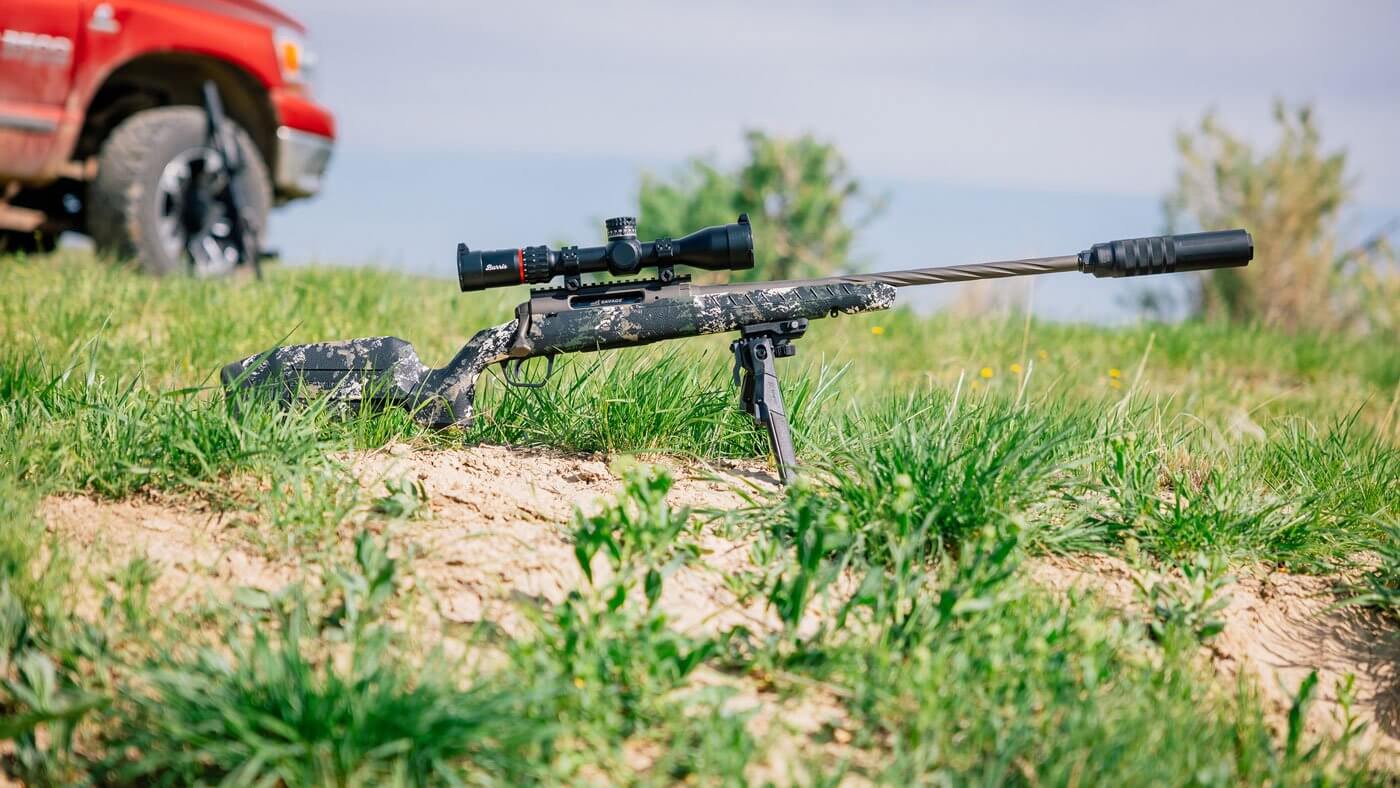
Scope – A high-quality variable zoom scope (e.g., 4-16x or higher) helps spot and target prairie dogs at longer range distances of up to 500 yards. Make sure you select a scope with plenty of magnification and enough eye relief to use comfortably whenever you are shooting and getting on target.
Shooting Bench or Bipod – Stability matters. A portable shooting bench or a sturdy bipod can make a significant difference. Tripods have also become a popular choice in recent years for allowing hunters to stand up and shoot from a stable platform from nearly any surface.
Ammunition – Bring plenty. On a good day, you may take hundreds of shots. Take some time to hit the range before your hunting trip to try several different types of ammo to see which one your rifle shoots the best, then stock up!
Binoculars or Spotting Scope – A good pair of binoculars or a spotting scope not only help you identify prairie dogs and their activity, but they can also be used by a buddy to help call your shots and make aiming corrections on the fly, much like you would in competition shooting.
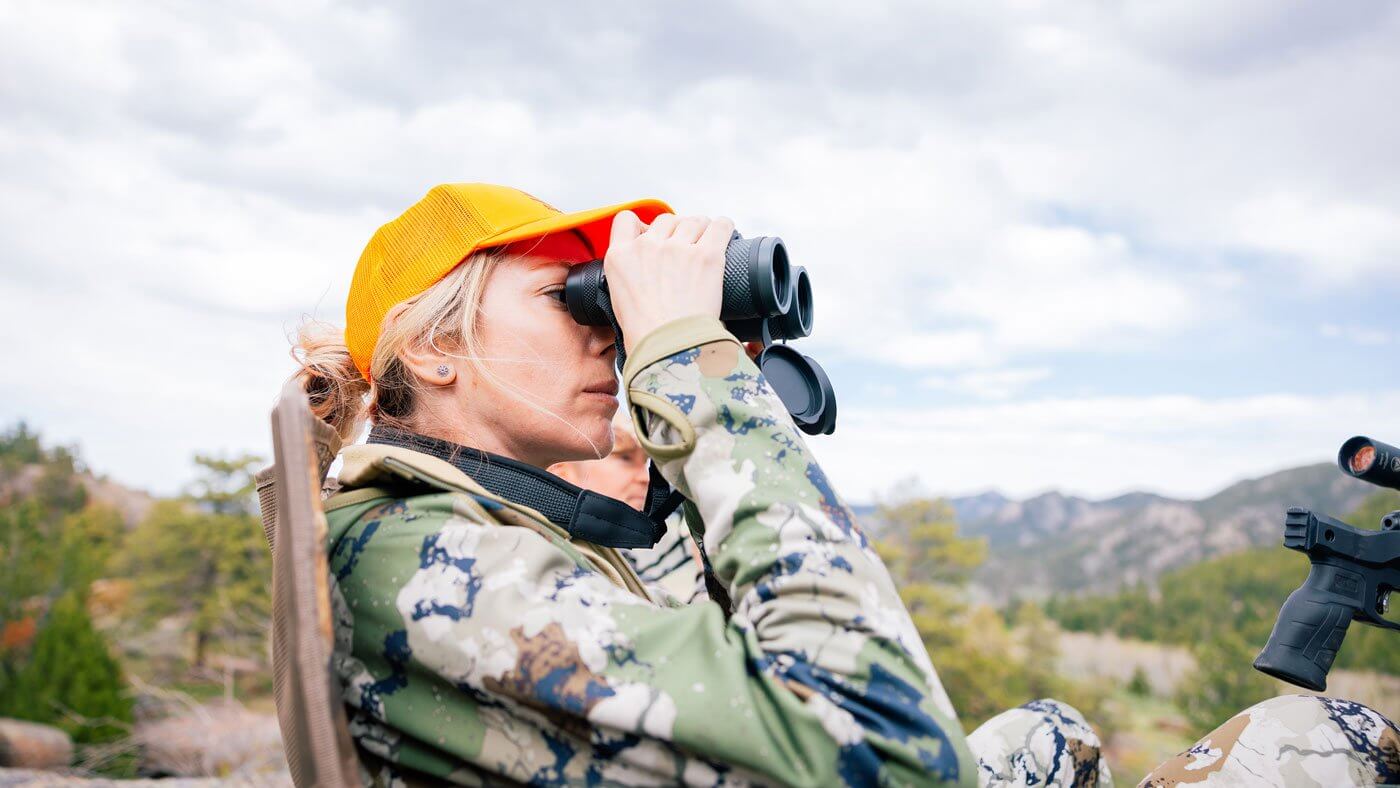
Sunscreen and Safety Gear – Most hunts happen under the open sky for hours at a time in the spring and summer, so protective clothing, sunscreen, and sunglasses are a must for shooting safely. It is also a good idea to wear ear and eye protection since you will be shooting at higher volumes for a long period of time.
Cooler and Hydration – Stay hydrated and keep your snacks cool for those long sits as well! Prairie dog hunting is often a social event, so stock up and bring some friends!
Rangefinder – Knowing exact distances helps you adjust for bullet drop and wind drift so you can make more accurate hits on your target. A good rangefinder will help you make more precise shots in the field.
Where to Prairie Dog Hunt
Location is everything in prairie dog hunting. These critters are native to the Great Plains, so many of the best hunting grounds are in states like the Dakotas, Nebraska, Kansas, Montana, and Wyoming. Good opportunities can also be found in areas like eastern Colorado, Oklahoma, New Mexico, and Texas. Look for wide open spaces where prairie dogs often have established towns and underground tunnel networks.
Public vs. Private Land
Public Land – Plenty of public land opportunities are available, especially on federal BLM lands. Walk-in hunting for prairie dogs is often allowed, but driving in and setting up from a vehicle is not permitted on most public lands. Some public lands may also have restrictions on the types of ammo that can be used.
Private Land – Often the best option with plenty of opportunities. Many landowners welcome hunters and may allow free access or charge a small fee. Hunting on private lands can also allow you to set up on a path from your vehicle, helping keep all your equipment close by and convenient to access at a moment’s notice.
Always ask for permission before entering private property, and be respectful of any rules the landowner may have.
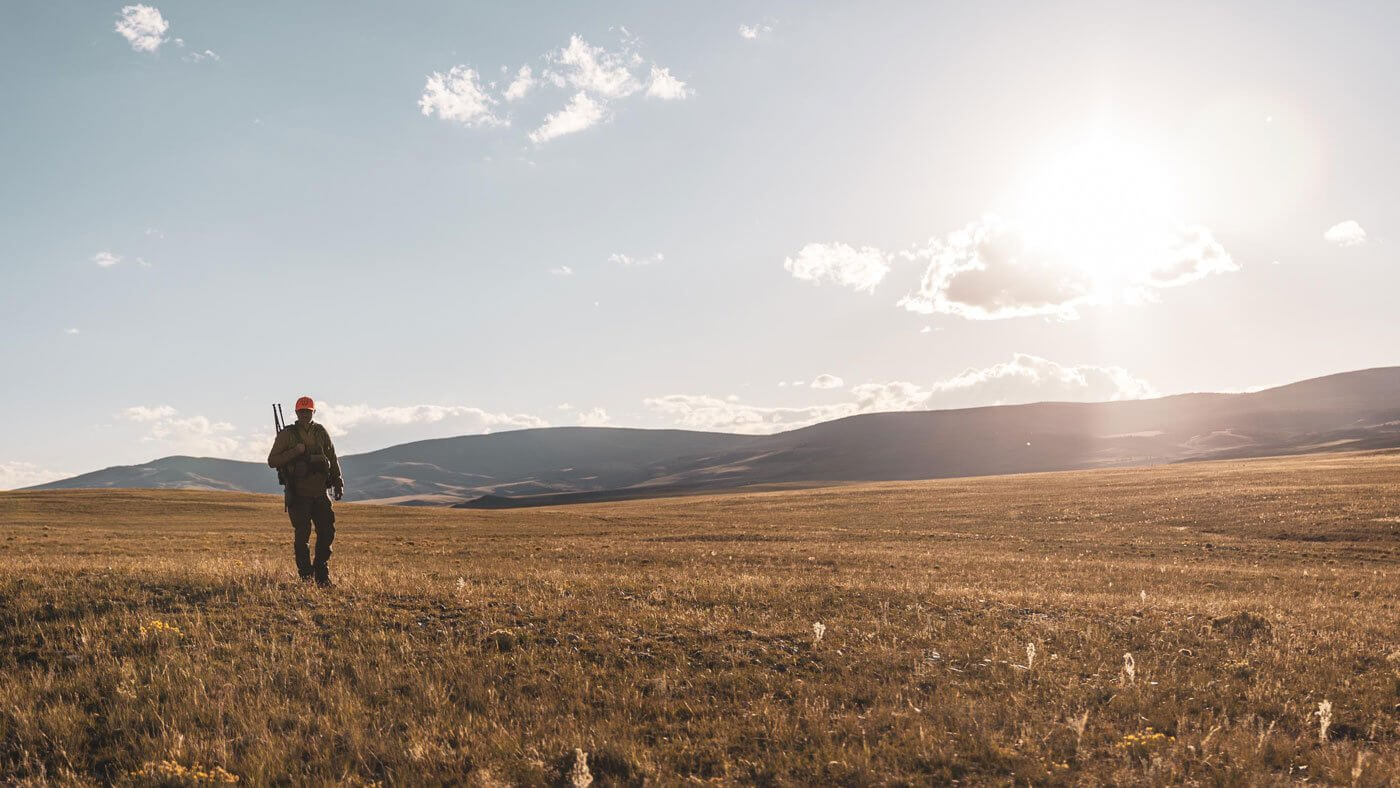
Rules and Regulations Around Prairie Dog Hunting
Before heading out, make sure you're compliant with state and local hunting laws. Regulations for prairie dog hunting vary by location and can include:
Common Regulations
Season Dates – In most areas, prairie dog hunting is open year-round without an official season. However, some states, or even specific hunting areas within states, may have the season closed at certain times of the year.
Licensing – If you are a resident of the state you are hunting in, it is not likely that you will need a small game hunting license if you are hunting prairie dogs. However, many states require non-residents to have a small game license before they hunt varmints, so if you are hunting out of state make sure you read up on the regulations and purchase any necessary licenses before you hunt.
Protected Species – In some areas, certain subspecies like the black-tailed prairie dog may be protected. Check local regulations and know which type of prairie dog you are targeting before you go out for the hunt.
Make sure you thoroughly check the regulations of the state and hunting area you are hunting in before you set off on a prairie dog hunting trip in order to avoid potential fines or other penalties stemming from a hunting violation.
Tips and Tricks for Prairie Dog Hunting
Veteran hunters often share that prairie dog hunting is as much a test of patience and precision as it is about pulling the trigger. Here are a few key tips to improve your success and enjoyment:
Accuracy is Everything
Zero Your Rifle – Sight in your rifle at 100 yards, then practice at various distances up to 500 yards or farther. Get accustomed to shooting longer ranges so you can be accurate and on target for the hunt.
Wind Reading – Learn how to adjust for wind drift. Even light winds can throw off your shot at longer ranges. Having a basic understanding of ballistics can help you better prepare for the shot and the hunt.
Stability – Practice shooting from the platform you plan to shoot on during your hunt, whether that’s a table, a bipod, or a tripod. The more you practice, the more comfortable and accurate you will be.
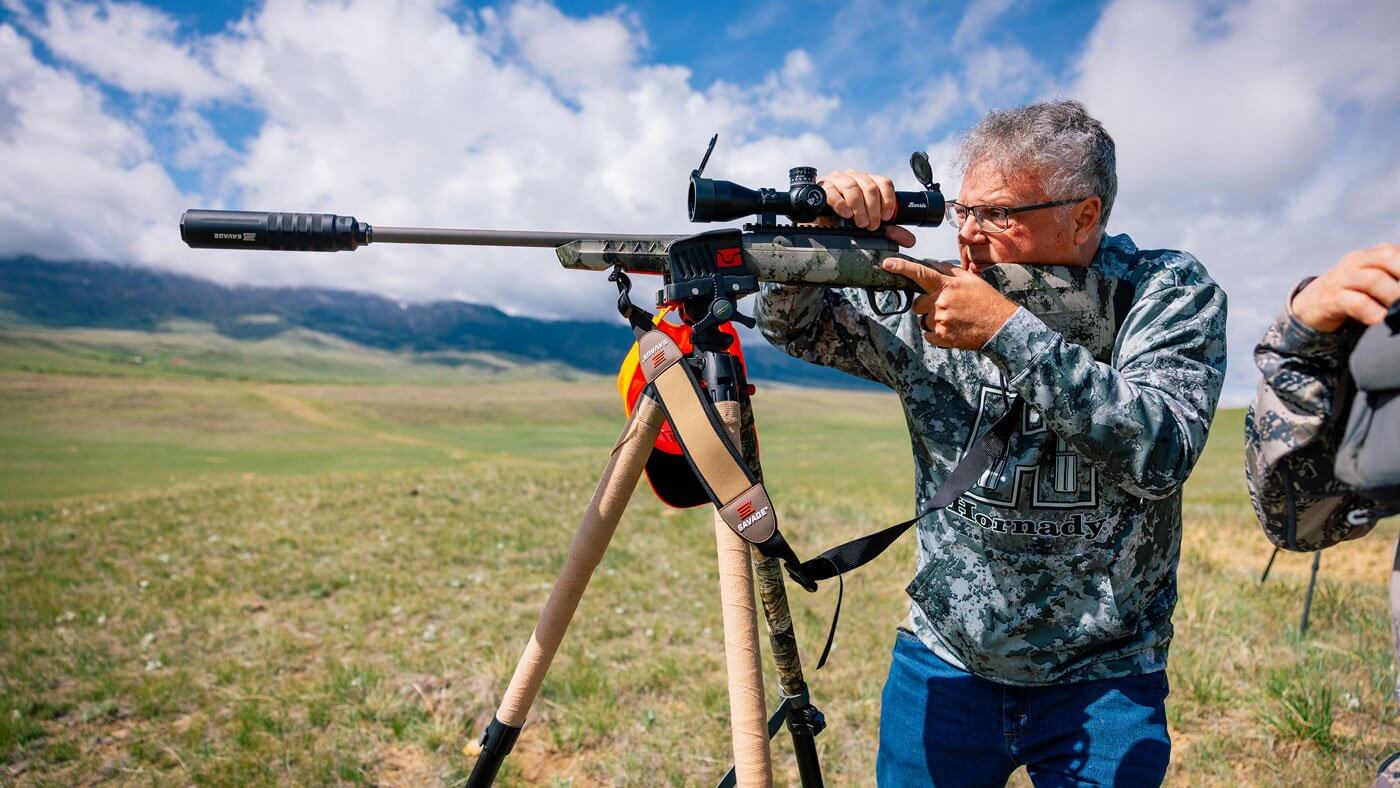
Set Up Smart
Use the Terrain – If you are in an area with some hills, use them to set up on and get a vantage point over the prairie dog town. Otherwise, try to set up at longer ranges out of sight of the prairie dogs if you are hunting a large, flat area.
Be Still and Quiet – Movement and noise can cause prairie dogs to dive into their holes. If you are set up close, try to limit your movement and noise to keep them from heading into their burrows. Using a suppressor can also help in keeping shots quieter and getting more shot opportunities.
Rotate Shooting Positions – Prairie dogs adapt quickly. If you find that they are hiding in their burrow after you have been shooting for a bit, take a break and set up in a new position.

Whether you're a seasoned varmint hunter or a newcomer, prairie dog hunting offers an exciting and accessible way to hone your skills in hunting and long-range shooting. It combines marksmanship, field craft, and outdoor enjoyment in one of the most target-rich environments you can experience. With the right gear and preparation, you'll not only improve your shooting but also contribute to responsible wildlife and land management.
So, gather your gear, do your research, and plan your trip — a new adventure of prairie dog hunting is waiting for you!

